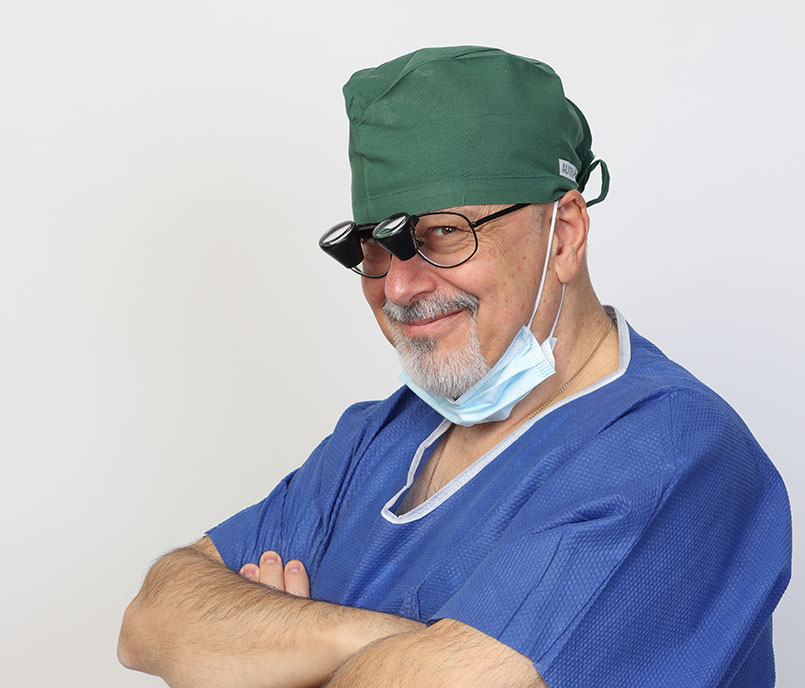The normal eye and its function
The normal eye function allows us to perceive the world around us. It is a complex process supported by various protective mechanisms to protect the eye from damage and injury.
Eyelids:
The eye’s protective devices are essential to protect it from damage and injury. One of these protective mechanisms are the eyelids, which prevent the entry of foreign objects and unwanted rays of light and ensure that the eye remains constantly moist and lubricated.
Wetting system of the eye:
Another important protective system of the eye is the lubricating system, which lubricates the eye with a three-layer film. This film protects against evaporation, cleans the surface of the eye and allows the tear fluid to be evenly distributed. Malfunctions in the wetting system can lead to dry eyes.
The following abnormalities can indicate a visual defect:
Components of the eye:
The eye is made up of different structures, each with their own function and together they enable vision.
The following abnormalities can indicate a visual defect:
The cornea:
One of these structures is the cornea, the front, crystal-clear and transparent layer of the eye through which light enters and allows for clear vision. The cornea is made up of regularly arranged cells that allow light to pass through without deforming. It is avascular and gets its nutrients and oxygen directly from the air. It is important for the refractive power of the eye.
The sclera:
Another structure is the sclera, the outer covering of the eye that provides protection and maintains a consistent shape.
The iris:
The iris, the pigmented part of the eye, gives the eye color and has a pupil in the center that enlarges or shrinks depending on the amount of light. The lens: The lens, which lies directly behind the pupil, changes the rays of light and contributes to the refractive power of the eye. It is held in tension by zonule fibers, which can be shortened or lengthened by the action of the ciliary muscles.
The ray body:
The ray body is a small ring-shaped structure that lies behind the outer part of the iris and attaches to the sclera. It consists of a circular muscle and a part of glands that secrete aqueous humor.
Aqueous humor:
Aqueous humor, a clear, transparent liquid produced inside the eye, has the important job of regulating intraocular pressure. It is produced in the back of the eye and then flows through the pupil to get to the anterior chamber of the eye. It is finally absorbed into the bloodstream through the outflow channel in front of the iris. If the aqueous humor cannot drain properly, this can lead to increased pressure in the eye and eventually contribute to a condition such as glaucoma.
Chamber angle:
The chamber angle, where the cornea, iris and chamber of the eye meet, has the important task of ensuring fluid regulation in the eye and keeping the intraocular pressure at a normal level. If the fluid-regulating function of the chamber angle is disturbed, this can lead to an increase in intraocular pressure and an increased risk of glaucoma.
Vitreous humor:
The vitreous humor, a gelatinous substance that fills the posterior chamber of the eye. It keeps the intraocular pressure stable and ensures precise regulation.
Choroid:
The choroid is a vascularized layer beneath the white surface of the eye. It supplies much of the retina and the retina itself, a light-sensitive membrane that covers the back of the inner wall of the eye. It converts the light entering the eye into electrical signals and sends them to the brain, where they are converted into images.
Retina:
The retina of the eye is a light-sensitive membrane that covers the back inner wall of the eye. Its job is to take in the light that enters the eye and convert the information it receives into electrical signals, which are then sent to the brain. Inside the retina there are two types of receptors responsible for receiving information: the cones and the rods. The cones are responsible for detailed vision in daylight and are concentrated in the center of the retina, where most of the light converges. The rods, on the other hand, are responsible for seeing in weak light and are particularly numerous in the peripheral areas of the retina. A normal retina contains about 125 million cones and only 6 million rods.
Macula:
A special area within the retina is the macula, also called the yellow spot. It lies in the middle of the back of the eye and contains most of the cones. It also contains the fovea, the point of sharpest vision. Since the macula occupies only a small fraction of the retina’s total area, it is important that it remains structurally intact to perceive fine detail and sharp vision. The peripheral retina has an important role in perceiving movement and orientation in space, but it is unable to replace the powerful functionality of the macula.
Optic nerve:
The optic nerve, which connects the retina of the eye to the brain like an electrical wire, is responsible for transmitting visual impressions that have been converted into electrical signals. The point where the optic nerve enters the retina is called the optic disc.
Eye Muscles:
Eye movements are controlled by a group of six muscles that allow the eye to move in all directions. These muscles are attached to the top, bottom, and each side of the eyeball. There are also two other muscles that allow the eye to rotate. The eye muscles are coupled with each other in such a way that they are always moved at the same time and in the same direction. Squinting is caused by a disturbance in the mobility of the eyes.
